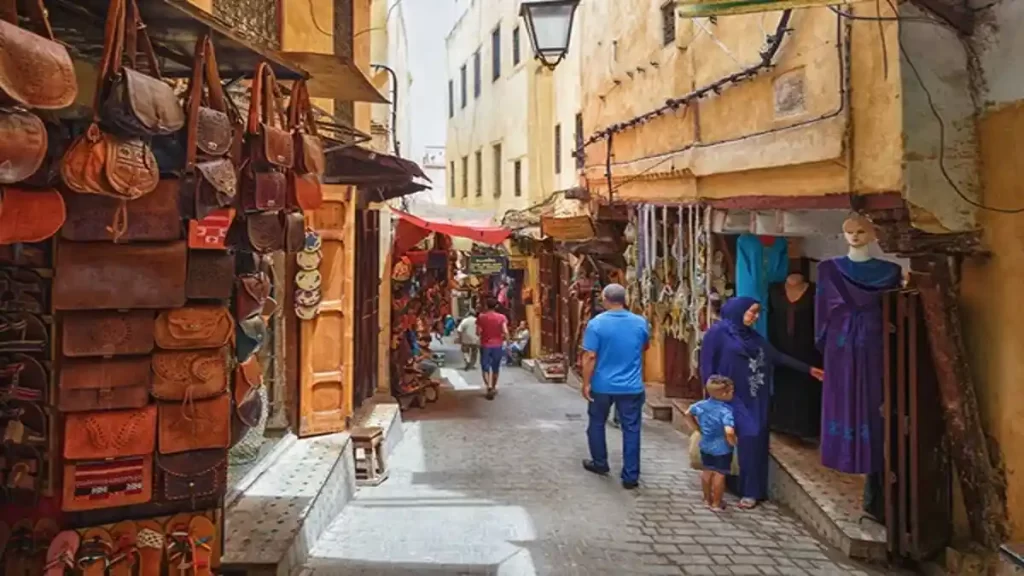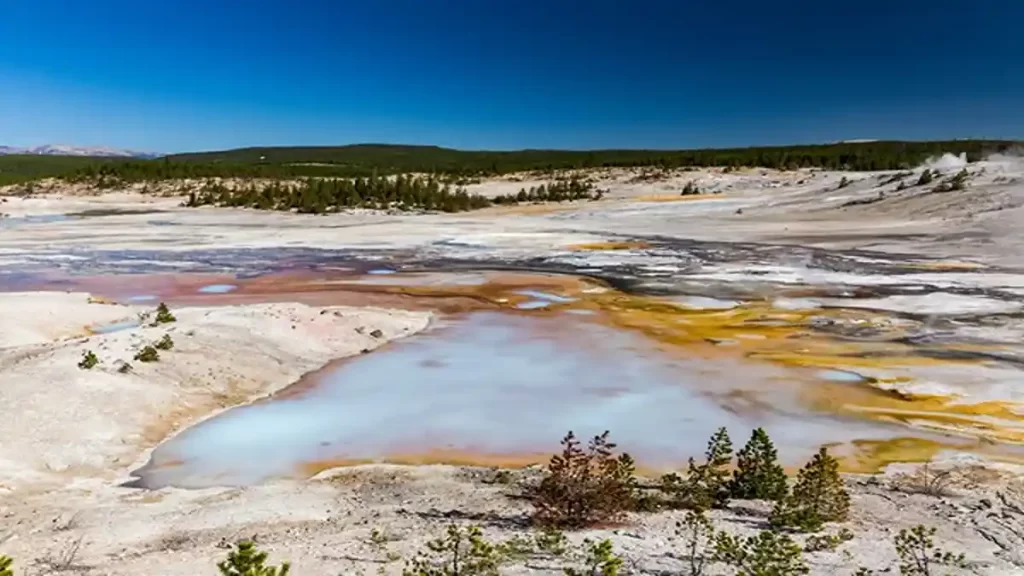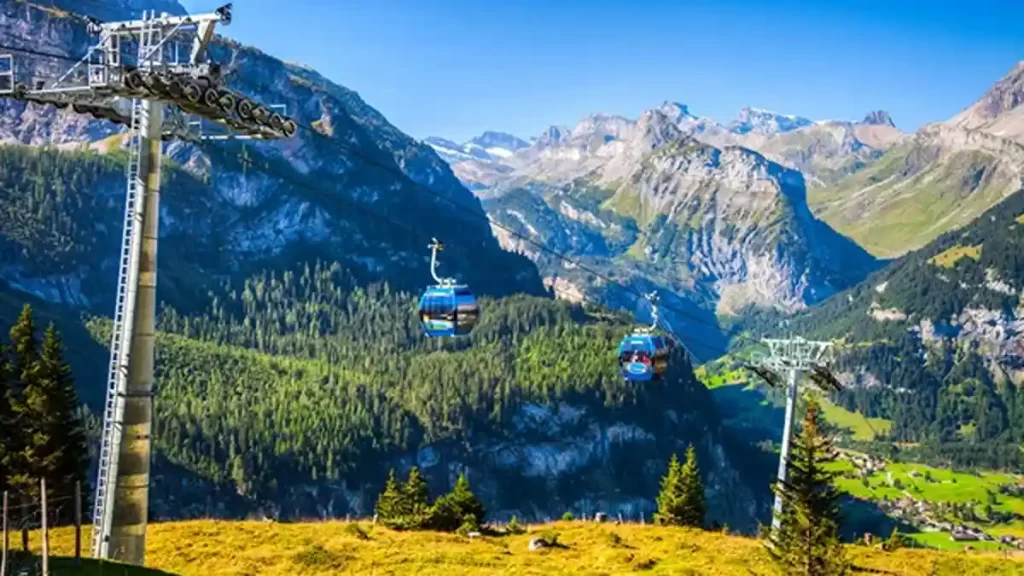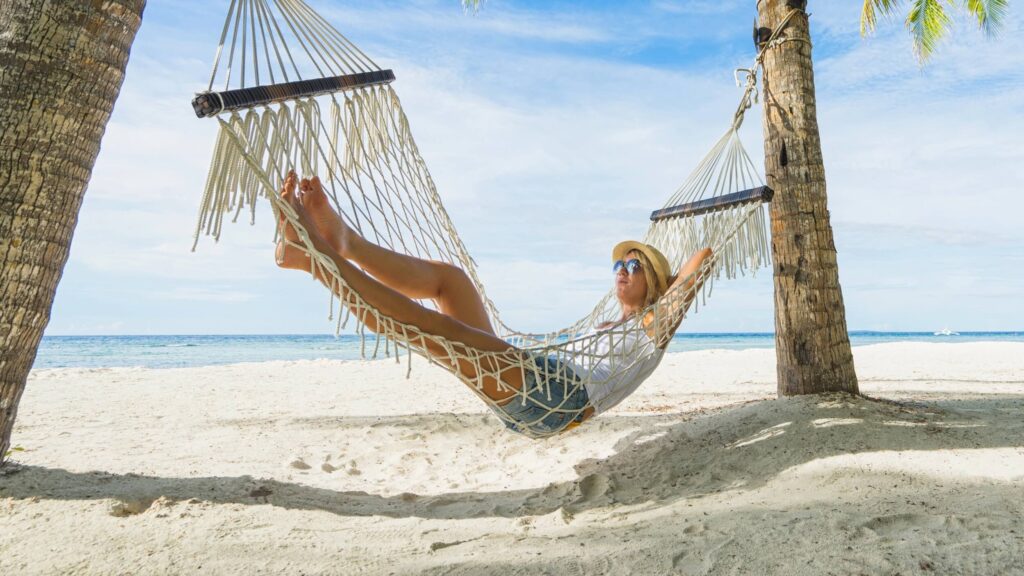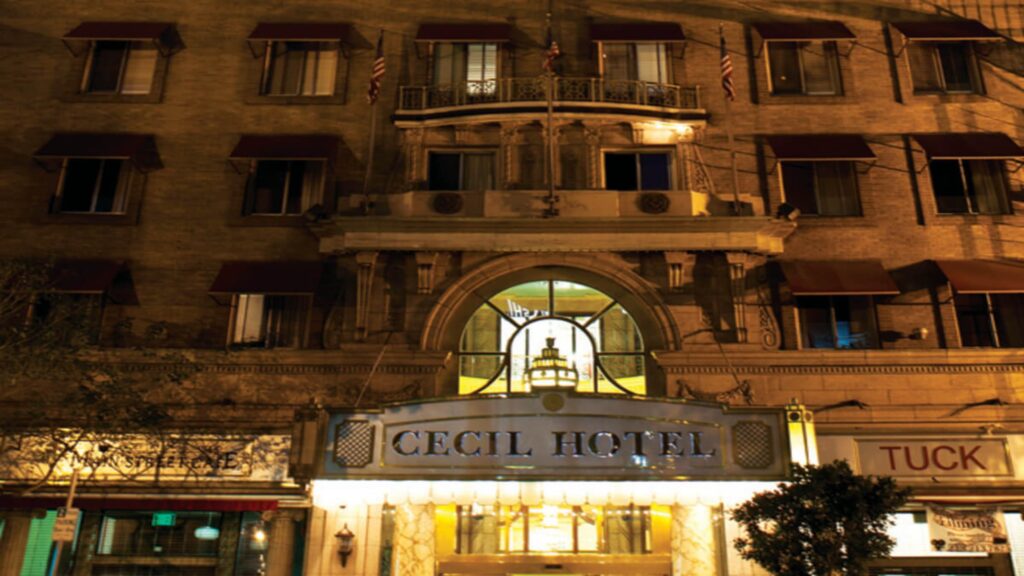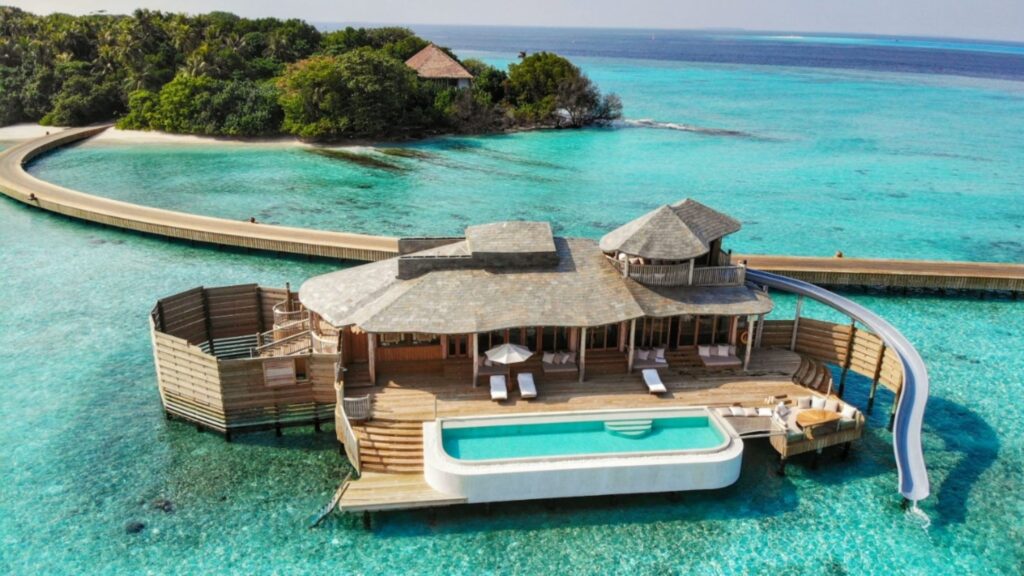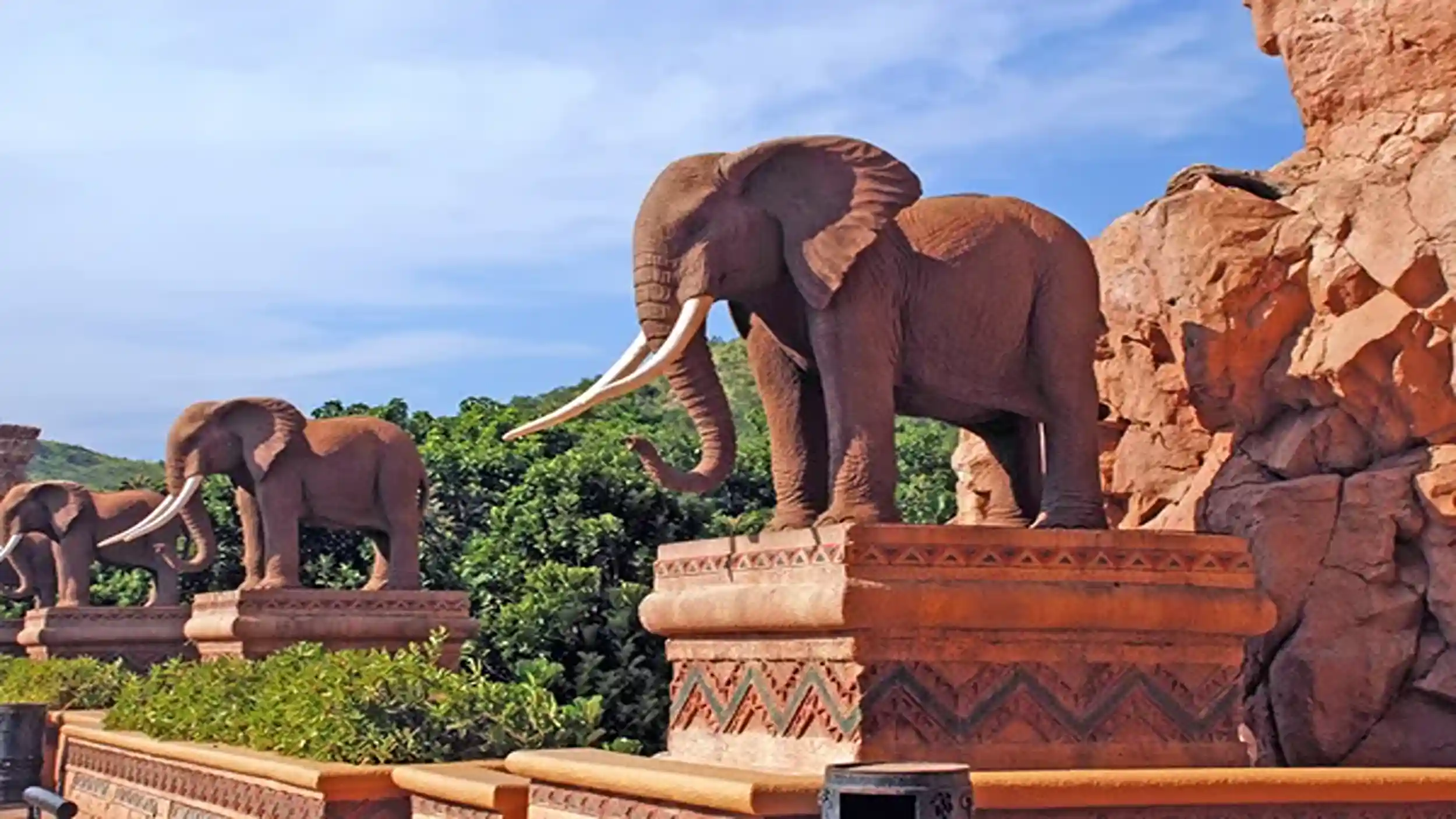
Planning your adventure to South Africa requires more than just picking famous spots from travel brochures. You’ll need a complete system that tackles logistics, timing, and budget challenges that catch most visitors off guard. This guide transforms tourist sites in South Africa into a practical planning framework that saves you money whilst maximising your experience. Rather than overwhelming you with endless lists, we’ll build practical systems you can adapt to your specific travel style and budget constraints.
Tourist sites in South Africa offer distinct challenges that typical travel recommendations often overlook. Weather patterns shift dramatically between regions, creating equipment conflicts that ruin entire trips. The camera equipment you select for Cape Town won’t serve you well in Kruger National Park, and the clothing you pick for chilly safari mornings may not be suitable for the afternoon thunderstorms.Most visitors discover these conflicts only after arrival, leading to expensive last-minute purchases and missed opportunities.
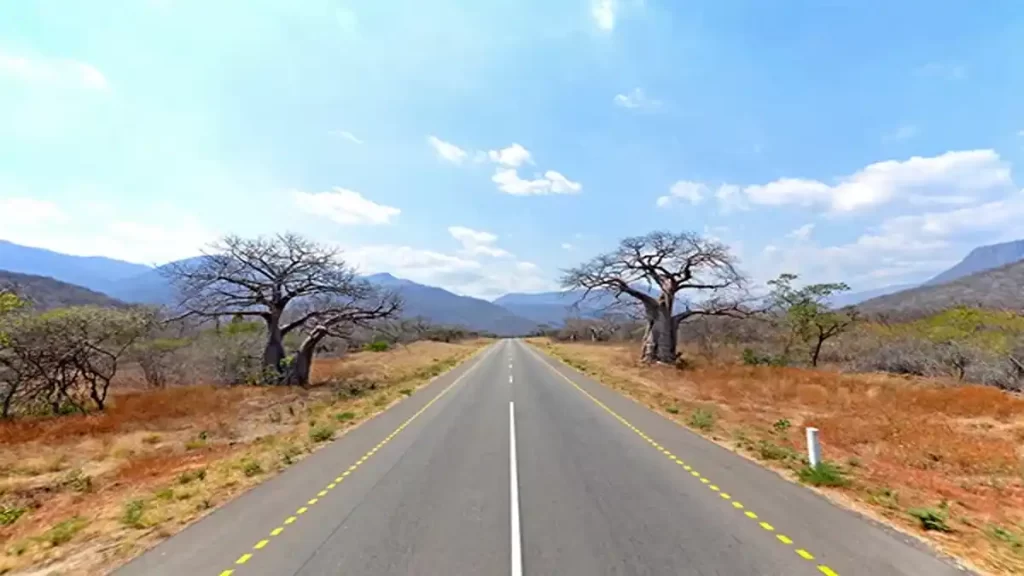
Getting Around South Africa’s Vast Distances
Distance calculations become your biggest enemy when planning tourist sites in South Africa. Most visitors underestimate driving times between major destinations, creating rushed itineraries that eliminate rest and exploration time. Johannesburg to Cape Town spans 1,400 kilometres, requiring careful fuel stop planning and overnight accommodation planning. Your transport choice determines which attractions become accessible and which remain theoretical possibilities on your wish list.
Flying Between Major Cities
Domestic flights eliminate driving fatigue but create luggage restrictions that impact your equipment planning when visiting tourist sites in South Africa. South African Airways and budget carriers connect major cities efficiently, though weather delays in Cape Town during winter months disrupt tight schedules. Your safari camera equipment and camping gear might exceed weight limits, forcing difficult choices between photography potential and hiking capability. Book morning flights to avoid afternoon thunderstorm delays, particularly between Johannesburg and Durban during summer months.
Pro Tip: Download airline apps for real-time updates, as weather changes rapidly in mountain regions and can ground flights unexpectedly.
Self-Drive Freedom and Challenges
Self-drive freedom unlocks remote tourist sites in South Africa that tour groups never reach. However, fuel availability becomes critical in rural areas, particularly between Kimberley and Upington where stations close unexpectedly. Your vehicle choice impacts accommodation options, as some game lodges require high-clearance vehicles for access roads. Automatic transmission rentals cost significantly more but prove essential for first-time visitors navigating Cape Town’s steep mountain passes.
Download offline maps before departure, as cellular coverage disappears completely in remote areas like the Richtersveld and Tankwa Karoo. Pack extra water and emergency supplies, particularly when exploring Northern Cape desert regions where temperatures exceed 40°C during summer months.
Public Transport Within Cities
Public transport systems work brilliantly within cities but fail completely for accessing remote tourist sites in South Africa. Cape Town’s MyCiTi bus network reaches Table Mountain efficiently, whilst Johannesburg’s Gautrain connects OR Tambo Airport to Sandton business district smoothly. Rural destinations require alternative approaches, as bus services to game reserves and coastal towns operate irregular schedules that don’t align with international flight arrivals.

Places to Stay for All Budgets
Accommodation booking timing determines your access to tourist sites in South Africa more than any other single factor. Peak season availability disappears six months ahead, particularly for game lodges in Sabi Sands and beachfront properties in Hermanus. Your booking approach must account for seasonal pricing swings that triple costs during school holidays, whilst off-season rates unlock luxury experiences at backpacker budgets.
Budget-Friendly Options That Deliver Value
Backpacker hostels throughout South Africa offer more than basic dormitories; many provide organised tours that access tourist sites in South Africa affordably. Cape Town Backpackers arranges Table Mountain hiking groups with experienced guides, whilst Johannesburg hostels coordinate Soweto cultural tours that individual travellers struggle to arrange independently. Your hostel choice impacts your social experience and access to group activities that reduce individual costs significantly.
Smart Backpacker Choices
- Baz Bus hop-on, hop-off service connects hostels along the Garden Route
- Kitchen amenities help lower food expenses by allowing for self-catering options.
- Tour desk bookings often secure group discounts for activities
- Social spaces facilitate travel partner connections for cost-sharing opportunities
Mid-Range Comfort and Local Knowledge
Guesthouse networks provide local expertise that hotels can’t match, particularly for accessing lesser-known tourist sites in South Africa. Owner-operators share insider knowledge about timing, weather conditions, and equipment requirements that transform your experience quality. Stellenbosch wine farm guesthouses arrange private tastings, whilst Hermanus properties coordinate whale watching trips during optimal viewing conditions.
Many guesthouses offer laundry services essential for extended trips, plus secure parking that becomes crucial when carrying expensive photography equipment. Your relationship with guesthouse owners often leads to spontaneous opportunities like private game drives or access to restricted areas.
Luxury Safari Experiences
Safari lodge selection determines your wildlife photography success more than camera equipment quality. Sabi Sands Game Reserve properties position you within metres of leopards and lions, whilst Madikwe Game Reserve lodges specialise in wild dog and cheetah encounters. Your lodge choice impacts vehicle access to different territories, guide expertise levels, and exclusive concession areas that day visitors never experience.
Book lodges with specialist photographic vehicles featuring bean bags and extended viewing platforms for serious wildlife photography. All-inclusive packages eliminate decision fatigue whilst providing value during longer stays.

Timing Your Visit: Weather and Seasonal Planning
Weather pattern understanding transforms tourist sites in South Africa from random destinations into planned experiences. Cape Town’s winter storms create dramatic Table Mountain photography but close hiking trails for safety reasons. Kruger National Park game viewing peaks during dry winter months when animals concentrate around water sources, whilst summer rains disperse wildlife and create photography challenges. Your timing approach must balance weather advantages against seasonal pricing and crowd factors.
Summer Advantages and Challenges
Summer season challenges include afternoon thunderstorms that disrupt outdoor activities and create equipment protection requirements. December through February brings school holiday crowds that triple accommodation costs and create booking impossibilities at popular destinations. Your equipment planning must account for sudden weather changes, particularly in mountain regions where temperatures drop rapidly after sunset.
Summer Benefits (December-February)
- Drakensberg hiking conditions peak with clear mountain visibility
- Whale watching in Hermanus reaches optimal viewing opportunities
- Garden Route coastal temperatures perfect for beach activities
- Longer daylight hours extend photography and exploration time
Winter Benefits and Considerations
Winter months unlock the best game viewing at tourist sites in South Africa, particularly in Kruger where sparse vegetation reveals hidden wildlife. Cape Town wine harvest season offers unique cellar experiences unavailable during other months. Reduced tourist crowds enable spontaneous accommodation bookings, whilst clear skies enhance Table Mountain and coastal photography conditions.
Pack layered clothing systems, as morning game drives begin in near-freezing temperatures that climb to comfortable afternoon warmth. Your accommodation heating becomes important, as many properties lack central heating systems.
Winter Advantages (June-August)
- Game viewing in Kruger greatly enhances with the presence of sparse vegetation.
- Cape Town wine harvest season offers unique cellar experiences
- Reduced tourist crowds enable spontaneous accommodation bookings
- Bright blue skies improve the photography conditions for Table Mountain and the coast.
Equipment for Different Seasons
Equipment conflicts arise when your gear selection suits one climate zone but fails completely in another region. Western Cape winter conditions require waterproof protection, whilst Limpopo summer heat demands breathable fabrics and sun protection equipment. Your packing approach must accommodate temperature ranges exceeding 30°C within single trips, particularly when combining coastal and inland destinations.
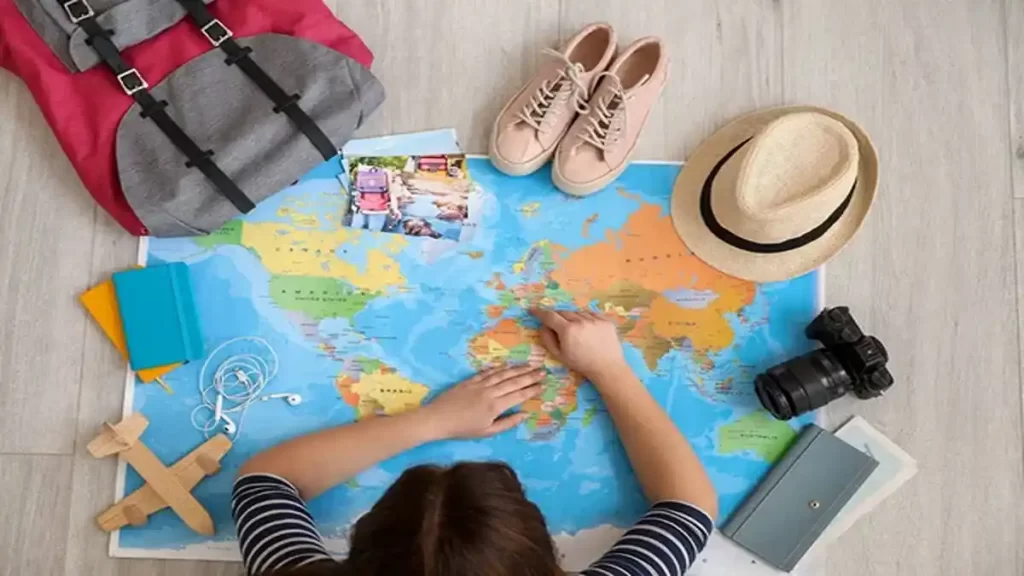
Suggested Itineraries
Itinerary framework construction determines whether you experience tourist sites in South Africa superficially or develop deep connections with specific regions. Most visitors attempt covering excessive distances, creating exhaustion that reduces enjoyment and eliminates spontaneous discoveries. Your time allocation approach must balance signature experiences with rest periods that enable proper appreciation of each destination’s unique characteristics.
One-Day Intensive Experiences
Single-day adventures work perfectly for major tourist sites in South Africa when properly planned with early starts and realistic expectations. Table Mountain cable car ascents, Robben Island tours, and Pilanesberg game drives each require full-day commitments but deliver complete experiences. Your energy management becomes crucial, as rushing between multiple attractions eliminates the contemplative moments that create lasting memories.
One-Day Cape Town Intensive
- Table Mountain cable car ascent at opening time (8:00 AM)
- V&A Waterfront exploration and Robben Island departure preparation
- Robben Island tour with prison history and Nelson Mandela cell visit
- Signal Hill sunset viewing with Cape Town cityscape photography
- Long Street dinner and local nightlife experience
Three-Day Regional Deep Dives
Three-day frameworks enable proper exploration of specific regions without surface-level rushing that characterises most tourist sites in South Africa visits. Kruger National Park requires minimum three days for wildlife pattern recognition and photographic success. Cape Winelands demands equal time for proper tasting experiences and landscape appreciation. Your accommodation positioning within each region determines daily travel efficiency and sunrise photography opportunities.
Three-Day Kruger Safari Framework
Day 1: Skukuza area game drives focusing on Sabie River wildlife concentrations
Start before dawn for optimal animal activity periods. Skukuza offers excellent restaurant facilities and well-maintained roads perfect for first-time safari visitors. Your afternoon rest period prevents heat exhaustion whilst positioning you for evening game drives when predators become active.
Day 2: Satara region exploration for lion pride territories and cheetah sightings
Satara camp provides access to open grasslands where cheetahs hunt during morning hours. Pack extra water and snacks for extended game drives, as wildlife sightings often require patient waiting periods. Your vehicle positioning becomes crucial when multiple cars gather around popular sightings.
Day 3: Lower Sabie dawn patrol and departure via Crocodile Bridge
Lower Sabie overlooks Sabie River where elephants and buffalo congregate during dry season months. Schedule departure after morning game drive to maximise wildlife viewing whilst avoiding afternoon heat that makes animals inactive.
Week-Long Comprehensive Tours
Seven-day itineraries unlock the complete diversity of tourist sites in South Africa whilst maintaining sustainable pacing that prevents exhaustion. Your week-long approach should focus on maximum three major regions to enable deep exploration rather than superficial coverage. Transport efficiency becomes crucial, as excessive driving eliminates rest time and reduces energy for activities that require physical engagement.
Seven-Day Classic Circuit
Days 1-2: Cape Town and Table Mountain with wine country day trip
Begin with Table Mountain cable car early morning to avoid crowds and wind closures. Stellenbosch wine tours require designated drivers or organised transport services. Your accommodation in Cape Town city centre enables walking access to V&A Waterfront and Long Street entertainment districts.
Days 3-4: Garden Route coastal drive with Knysna and Plettenberg Bay
Garden Route driving requires early starts to appreciate coastal scenery without rushing. Knysna elephant sanctuary and Plettenberg Bay whale watching depend on seasonal timing for optimal experiences. Your overnight stops must account for limited accommodation availability during peak seasons.
Days 5-7: Experience a safari in Kruger National Park with stays at various camps.
Internal Kruger flights from Cape Town eliminate exhausting drive time whilst maximising safari opportunities. Book different camps each night to access various ecosystems and animal territories. Your final day departure requires early morning flights to connect with international departures from Johannesburg.
Book internal flights for long-distance segments to maximise destination time rather than driving endurance.
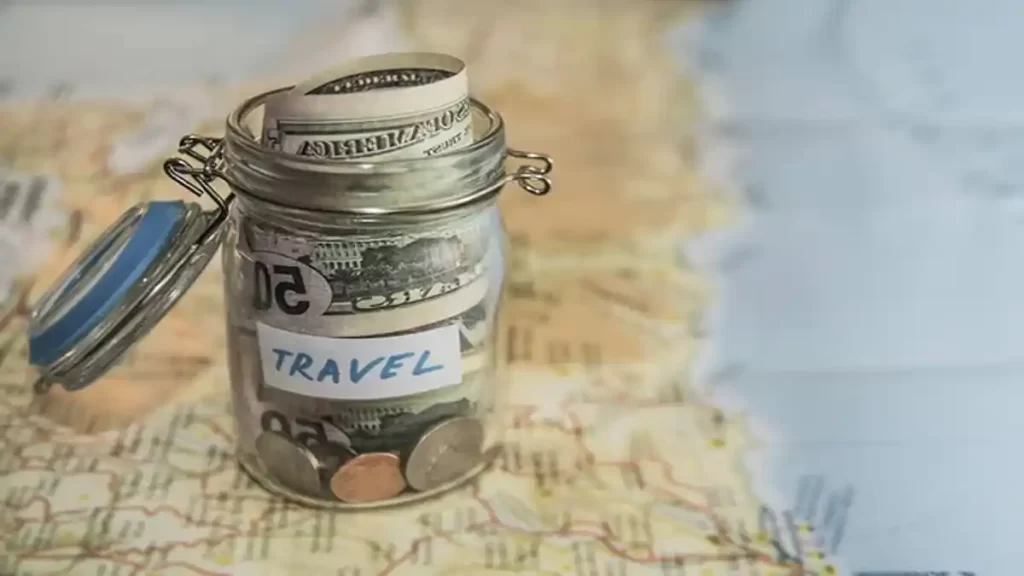
Budget Planning That Actually Works
Budget framework development prevents the financial surprises that destroy travel enjoyment when exploring tourist sites in South Africa. Hidden costs emerge from fuel expenses, park entrance fees, and equipment requirements that standard travel advice completely ignores. Your financial planning must account for seasonal pricing variations that can double accommodation costs during peak periods, whilst identifying opportunities for significant savings through careful timing and booking approaches.
Breaking Down the Real Costs
Transportation costs typically consume the largest budget percentage when covering multiple tourist sites in South Africa. Fuel expenses for self-drive adventures, particularly for 4×4 vehicle rentals required for remote areas, significantly exceed initial estimates. Your vehicle insurance excess payments can reach substantial amounts, making comprehensive coverage essential for peace of mind during challenging driving conditions.
Essential Cost Categories
- Accommodation: Reserve 40% of total budget for lodging across all ranges
- Transportation: Allocate 25% for flights, fuel, and vehicle rental expenses
- Activities: Set aside 20% for park fees, guided tours, and equipment rental
- Food and supplies: Budget 15% for meals, snacks, and emergency provisions
Money-Saving Approaches That Work
Advance booking approaches unlock savings approaching 50% for accommodation at tourist sites in South Africa, particularly during shoulder seasons when demand decreases significantly. Group bookings for safari lodges and activity tours reduce individual costs whilst creating social experiences that solo travellers appreciate. Your flexibility with travel dates enables access to special promotions that rigid schedules eliminate completely.
Pro Tip: Book safari lodges during malaria season (November-April) for reduced rates, then use prophylaxis for health protection.
Group Travel Economics
Group coordination multiplies your access to exclusive experiences at tourist sites in South Africa whilst dramatically reducing individual costs. Private vehicle charters become affordable when shared among six people, enabling access to remote locations impossible with public transport. Your group size impacts accommodation options, as many guesthouses offer whole-property rates that become economical with proper occupancy levels.
Form groups through travel forums or hostel connections to share costs for expensive activities like helicopter tours over Table Mountain or private game drives in exclusive reserves.
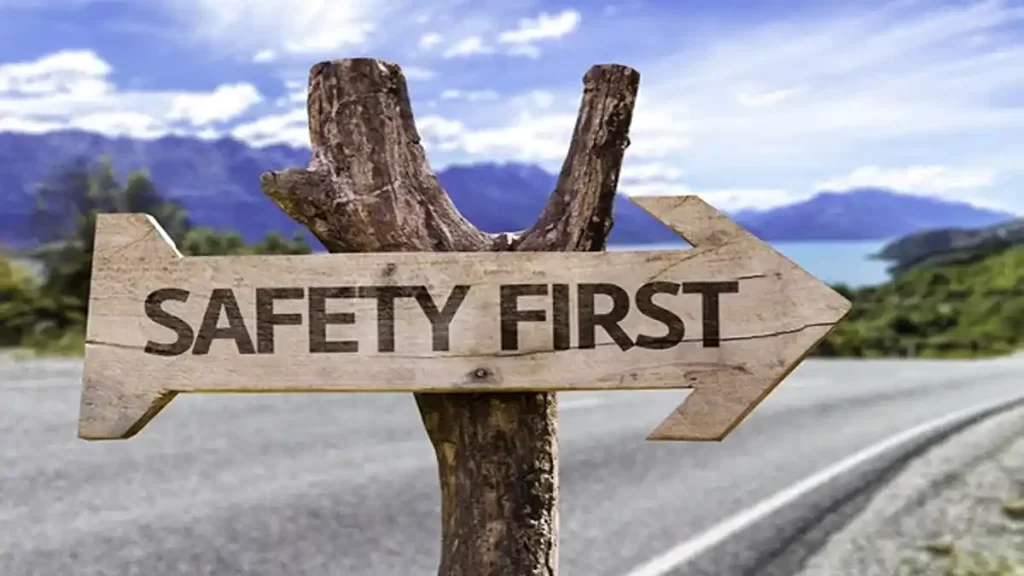
Safety Ideas That Enable Adventure
Safety protects your ability to enjoy tourist sites in South Africa without paranoia that restricts movement and eliminates spontaneous discoveries. Crime risks concentrate in specific areas and situations, making blanket fear unnecessary whilst targeted precautions remain essential. Your safety approach must balance reasonable precautions with the openness required for meaningful cultural interactions and authentic experiences.
Urban Safety That Makes Sense
Urban navigation requires specific awareness patterns that differ significantly from rural safety considerations when visiting major attractions. Cape Town city centre becomes unsafe after dark in certain areas, whilst Johannesburg requires vehicle-based movement rather than walking between destinations. Your accommodation location determines your safety baseline, as properties in security estates eliminate many urban risks entirely.
Urban Safety Essentials
- V&A Waterfront and Camps Bay offer secure walking environments
- Avoid displaying expensive photography equipment in public spaces
- Use accommodation safes for passports and emergency cash reserves
- Coordinate airport transfers in advance rather than seeking transport on arrival
Wilderness Emergency Preparedness
Wilderness emergencies escalate quickly when exploring remote attractions, particularly in areas like Richtersveld National Park where cellular coverage disappears completely. Your emergency communication approach must include satellite devices for serious hiking expeditions. Vehicle breakdown scenarios require specific preparation, as recovery services may require several hours to reach remote locations.
Pack comprehensive first aid supplies including snake bite treatment, as venomous species inhabit most wilderness areas. Your emergency contact system should include local park authorities and accommodation properties who understand regional rescue procedures.
Health Considerations for Different Regions
Health preparation extends beyond standard vaccinations when planning visits to major attractions. Malaria prophylaxis becomes necessary for Kruger National Park and KwaZulu-Natal coastal regions during summer months. Your medical kit must include treatments for altitude sickness when hiking Drakensberg peaks and heat exhaustion during Kalahari desert exploration.
Pack oral rehydration salts for heat-related illness prevention, particularly during summer safari activities.
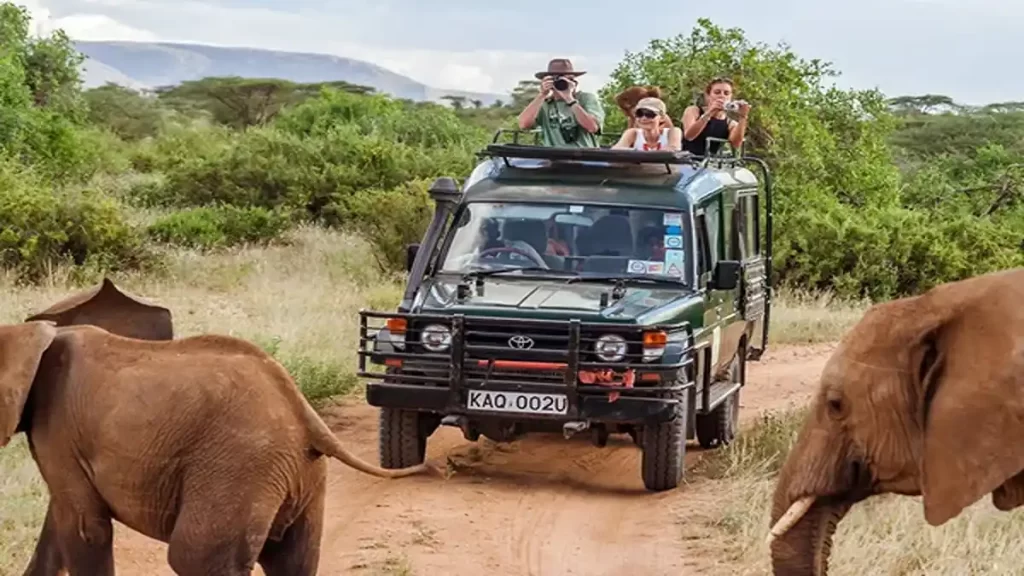
Essential Equipment and Gear Systems
Equipment selection determines your success level at major attractions more than itinerary planning or accommodation choices. Climate variations demand clothing systems that function across temperature ranges exceeding 30°C within single trips. Your photography equipment approach must balance wildlife telephoto requirements with landscape wide-angle needs whilst considering weight restrictions for hiking expeditions.
Photography Equipment That Delivers
Camera gear selection impacts your ability to capture South Africa’s diverse tourist sites effectively. Wildlife photography in Kruger demands telephoto lenses exceeding 400mm for frame-filling animal shots, whilst Table Mountain landscapes require wide-angle capabilities for dramatic composition. Your backup equipment planning becomes crucial when traveling to remote areas where replacements remain impossible to obtain.
Essential Photography Kit
- Telephoto lens (400mm+) for wildlife photography success
- Wide-angle lens (16-35mm) for landscape composition
- Extra batteries and charging solutions for extended field use
- Protective covers for sudden weather changes
Clothing Systems for All Conditions
Layering systems solve the temperature variation challenges encountered at different attractions throughout the country. Drakensberg mountain hikes begin with freezing morning temperatures that climb to scorching afternoon heat within hours. Your clothing approach must accommodate these extremes whilst maintaining comfort and mobility for activities ranging from safari game drives to coastal whale watching.
Invest in quality base layers that wick moisture efficiently, as humidity levels vary dramatically between coastal and inland regions. Your footwear selection must handle everything from beach sand to rocky mountain trails within single trips.
Activity-Specific Equipment Needs
Activity-specific equipment becomes necessary for accessing certain attractions safely and comfortably. Drakensberg hiking requires proper mountain boots and navigation equipment, whilst False Bay shark cage diving demands specific thermal protection. Your equipment rental versus purchase decision depends on activity frequency and luggage space constraints during multi-destination trips.
Rent specialised equipment locally to avoid airline baggage restrictions and ensure proper maintenance standards.

Putting Your Complete Plan Together
System integration transforms scattered information about tourist sites in South Africa into actionable travel plans that deliver exceptional experiences within realistic budgets. Your planning framework must balance spontaneity with essential advance bookings, maintaining flexibility whilst securing access to high-demand attractions. This comprehensive approach eliminates the stress and disappointment that plague inadequately planned South African adventures.
Success with major attractions depends on realistic expectations combined with thorough preparation systems. Start planning at least six months ahead for peak season travel, focusing on accommodation booking before activity planning. Your journey through South Africa becomes transformational when you balance iconic destinations with hidden gems that create personal connections to this remarkable country’s diverse landscapes and cultures.
Remember that the best travel experiences emerge from preparation that enables spontaneity. Your frameworks provide security whilst leaving room for the unexpected encounters that create lifelong memories.


